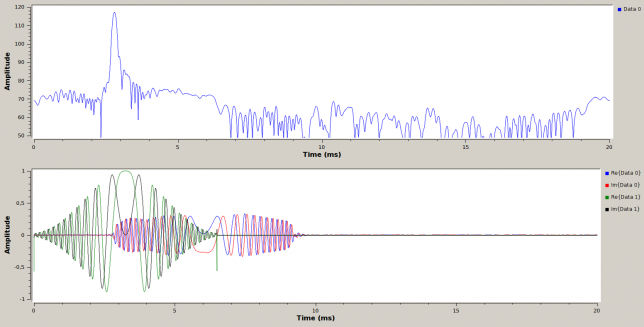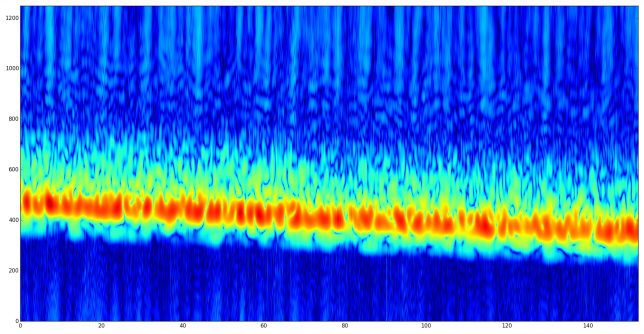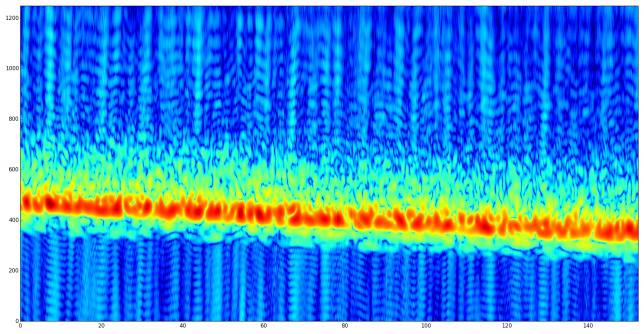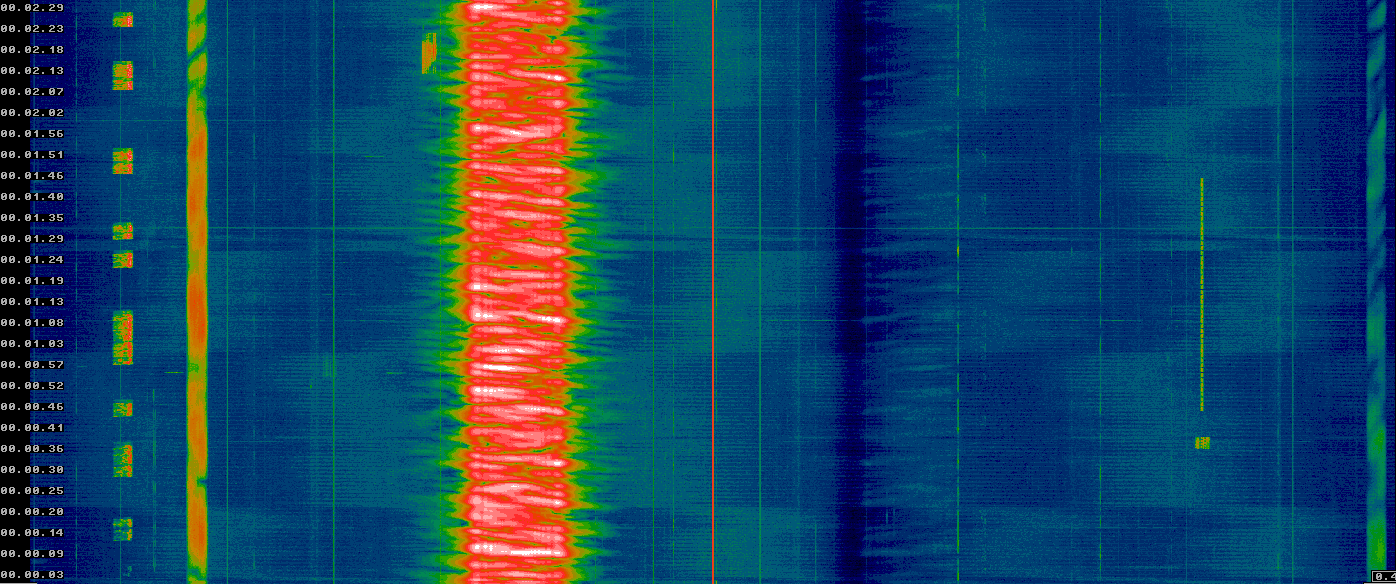During the last few days I’ve been experimenting with feeding signals from GNU Radio into Linrad using Linrad’s network protocol. Linrad has several network protocols designed to share data between different instances of Linrad, but generally these protocols are only supported by Linrad itself. The only other example I know of is MAP65, which can receive noise-blanked data from Linrad using the timf2 format.
The result of these experiments is a GNU Radio out-of-tree module called gr-linrad which allows to send data from GNU Radio and receive the data in Linrad. Currently, gr-linrad only supports sending a one-channel complex IQ signal using the raw 24 bit format, but I’ll probably add more options in the future. The intended application of gr-linrad is to easily add support for SDR hardware to Linrad. Usually GNU Radio has support for most SDR hardware in the market, perhaps through osmocom or other libraries. Linrad has support for a good amount of SDR hardware, but there are some notable exceptions of unsupported hardware, such as the HackRF One. I also want to use my Hermes-Lite 2.0 beta2 in Linrad, and this seems the easiest way to do it.
Another possible use of gr-linrad is as an instrumentation for any kind of GNU Radio flowgraph. It is very easy to stream data into Linrad, so it can be used as a very nice waterfall display or to do any sort of signal processing, such as noise blanking or adaptive polarization. Here I describe how to get the test flowgraph in gr-linrad working and some aspects of the network protocol.





